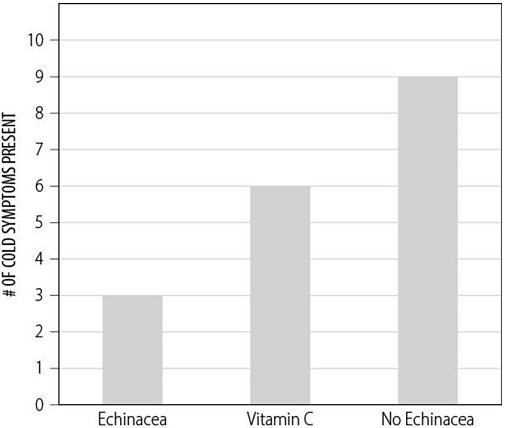The smallest branches of ____ end with a large flame cell
a. nephrons
b. hepatic tubules
c. metanephridia
d. Malpighian tubules
e. protonephridia
ANSWER: e
You might also like to view...
Use the following information to answer the following question(s): You wake up one morning feeling slightly under the weather. A close family member enthusiastically suggests that you take some Echinacea, an herb commonly used as a cold remedy. You then decide to design an experiment to test Echinacea and see if this claim is true. You think, "If taken at the beginning of a cold, Echinacea will reduce cold symptoms."You conduct the experiment and gather the data presented in the figure below. Given the results, you can say that ________.
A. your hypothesis is not supported B. your theory is disproven C. your theory is proven D. your hypothesis is supported
Nonkinetochore microtubules do not connect to chromosomes
1.True 2.False
Which of the following is not part of Darwin's mechanism of evolution?
a. overproduction of offspring b. competition among organisms c. acquiring traits because they are needed d. differential reproductive success e. genetic variation among individuals
Next-generation sequencing takes advantage of the concept of sequencing-by-synthesis. What is sequence-by-synthesis?
A) The use of firefly luciferase and pyrophosphate to report on nucleotide incorporation. B) The use of a multiwell system and microfluidics to detect incorporated nucleotides at each base. C) The use of a single polymerase in a nanopore that reports on a single molecule of synthesized DNA. D) The use of PCR to incorporate ddNTPs, followed by electrophoresis.